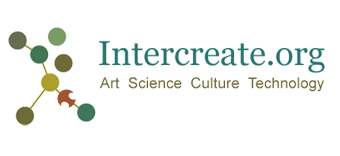Andrew Thomas
Andrew Thomas has contributed audio to the project, adding a dimension of Navajo (Dineh) culture to Wai.
Biography
Andrew Thomas is a contemporary Dineh (Navajo Nation) flute player. He gives thanks to his extended family: Haltsooí Diné’e (maternal)—Meadow People Clan, Bit’ahníí (paternal)—Folded Arms Clan, Kin Yaa’áanii (maternal grandparents)—Towering House Clan, and Tsé Nahabilnii (paternal grandparents)—Over Hanging Rock Clan. He was born and raised in Rock Spring Chapter near Gallup, New Mexico. He is self-taught, and plays music composed from the heart. He has chosen the flute’s voice to express his way of life, heritage and culture.
The flute provided him the opportunity to create the music and narration for a video documentary about male Navajo weavers entitled Men Who Weave. He feels fortunate that his music has allowed him to travel widely, both nationally and internationally. He has performed all over the United States, including the Indian Summer Festival in Milwaukee, the Winter Olympics in Salt Lake City, Ute Mountain Casino, and over 10 years at the American Indian Powwow Gathering in Hawaii. He has performed in Mexico, Peru, South Korea, and throughout Europe, including Sweden where he had a story published in the book, They Call Us “Indians”. He was also the first Native American artist to play at the World Performing Arts Festival in Lahore. He was honored to perform for the president of Pakistan, as well.
His first venture into recording has resulted in a CD titled “Changing Woman’s Blessings”. More recently, he recorded in Perth, Australia, with a well-known Aboriginal actor and musician, Heath Bergersen. This cross-cultural collaboration has culminated in a CD mixing the sounds of the traditional Australian instrument, the didgeridoo, and the Native American flute titled “Friends for Life”.
Through his music and his life, he is an activist in preserving Native ways, creating awareness of the need for communication across cultures, and protecting all human rights. In this way, he strives to give back to the community. He most enjoys connecting with people of all cultures and sharing the musical language of the flute.
“Flutes are not political. They transcend heritage differences.”










